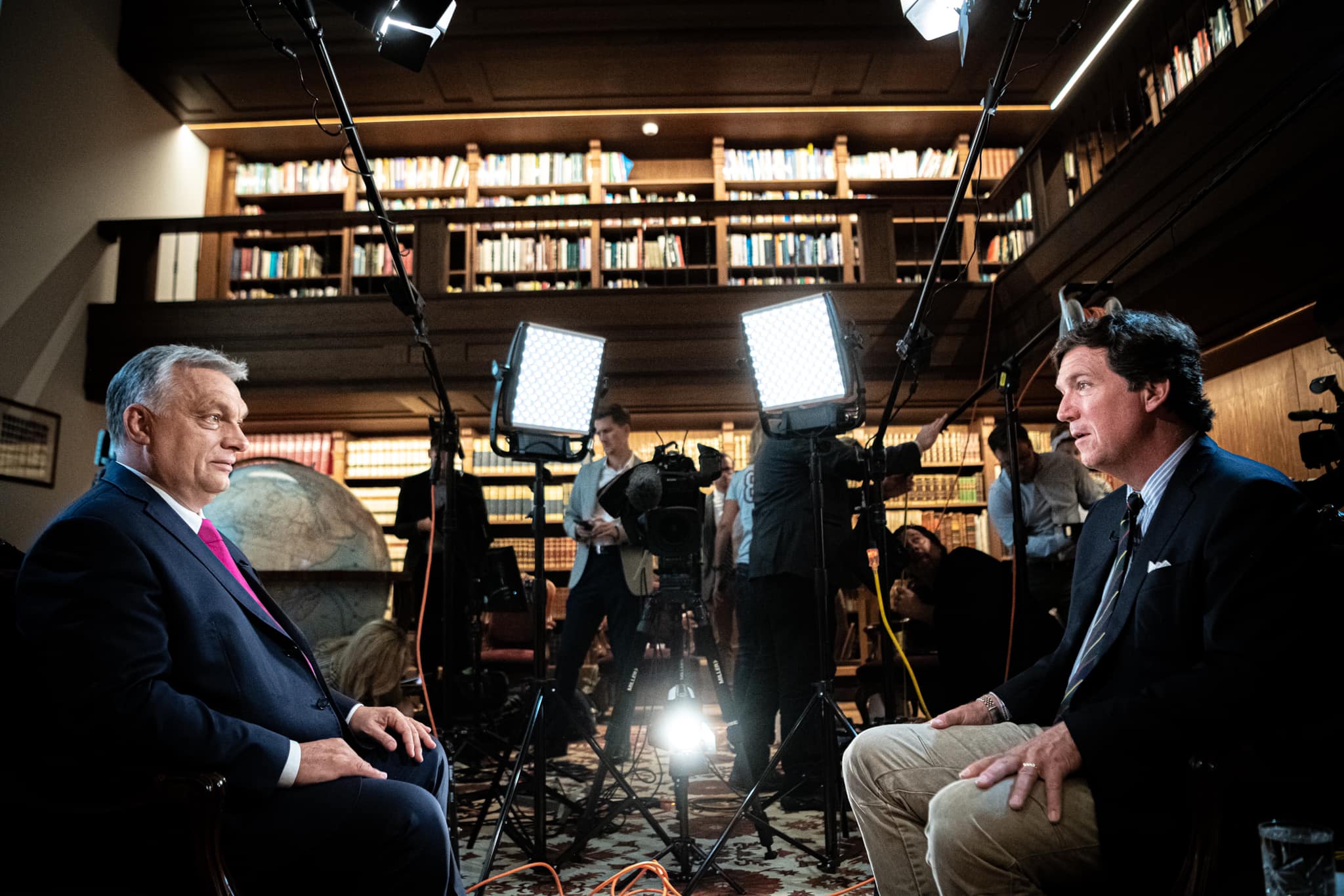Is editorial independence on the brink of extinction in Hungary?

The Director of the Centre for Media, Data, and Society, Marius Dragomir, has recently published a study introducing a new tool to examine the editorial independence of state media and the influence of state media. The results show that nearly 80% of 546 state-administered media companies in 151 countries lack editorial independence.
The independent public media model is on the verge of extinction in several countries, claims the latest study of Marius Dragomir, the Director of the Centre for Media, Data and Society. The author examines the latest global trends in state media, focusing on the way these operations are funded and managed and how their editorial autonomy is protected.
New typology
Dragomir argues that in order to effectively study the impact of state media, we have to move away from the usual reductive dichotomy and identify and examine the variants that exist between the two extremes: the state-controlled media model and the independent public service media model.
For this purpose, he introduces the State Media Matrix, a typology that allows for the classification of state media according to three main factors that affect the independence of state media: funding, ownership/governance, and editorial autonomy.
The author examines 546 state-administered media companies in 151 countries and claims that almost 80% of them lack editorial independence. More than 80% of the 436 media outlets whose editorial agenda is controlled by the government fall into the category of state-controlled media.
Using the above-mentioned main factors, Dragomir distinguishes between seven state media models. These models are characterised by various degrees of independence. State-controlled media and independent public media occupy the positions at the two ends of the spectrum.
In the case of the former, media outlets are characterised by a dependency on state funding. In many cases, they are managed by government-appointed bodies and lack editorial autonomy.
Reuters Institute: Most Hungarians do not trust the news
The state-controlled model is present all over the world from China to several Southeast Asian, Central and Eastern European and Middle Eastern nations,
24 emphasises. In contrast, the independent public media model is really rare and can only be found in countries like the UK, Switzerland, Germany, Austria and a few nations in Central and Eastern Europe and Asia.
The captured media model
The five “hybrid” models can be grouped into two categories based on their degree of editorial independence: hybrid independent media and captured media.
Hungarian media outlets mainly belong to the captured private media model.
This means that the companies are privately owned, their boards are not appointed by the government, but they are editorially controlled by state authorities. According to Dragomir,
the Hungarian government controls approximately 500 media outlets through a foundation (Central European Press and Media Foundation) that can supposedly be linked to Prime Minister Viktor Orbán.
Officially, these companies are not owned by the state; nonetheless, many of them receive money from the government in the form of state advertising. The captured private media model often occurs in countries that have a tradition of state interventionism in the media, such as Morocco, Cambodia, Azerbaijan, Jordan, Qatar, Turkey or Serbia.
Source: 24.hu, cmds.ceu.edu




“Marius Dragomir, has recently published a study”, well so why didn’t his study include the NGO controlled media and worst, public members of government and EU. I’m able to bet that this study was controlled by the excluded NGOs. Not so much his bet that “supposedly be linked to Prime Minister”, being the state run Central European Press and Media Foundation. Another case of the pot calling the kettle black.
Hungary is a free, save democratic country.
The West would be happy to be as free as Hungary.
In the US, CNN, MSNBC, ABC, NBC, CBS, NewYorkTimes, Washington Post are all left wing papers and never tell the truth. There is high inflation, high gas prices, Afghan evacuation failure, rise in crime committed by ANTIFA and BLM, economic downturn, southern border crises, and the mental decline of President Biden. None of these problems appear in the news aired or printed by the above news media. In the US, there is only FOX news that broadcasts the truth. In the EU, only left wing interpretation of news is published. The collective EU media spends more time on criticizing Hungary than informing the public about local problems.
Hungarian news media publishes and airs all sort of news and certainly criticizes the government and the Prime Minister. There is free press in Hungary but not in the rest of EU or US.
Maria Theresa – great comment -media in Europe push the fake news from these major outlets especially the NYT that has become a complete joke on culture and political agenda. CNN has been the only cable news for US news and fox has been locked out even in the UK and Ithaca been for years.
I have more trust in RT. The EPOCH TIMES is one of the best sources of news in the world and is published in print and video in many languages. They are Asian experts as the founders escaped repression from the CCP
The truth is only the truth to the people who want to believe that it is the truth. Th comments above are all NONSENSE. That’s one truth.